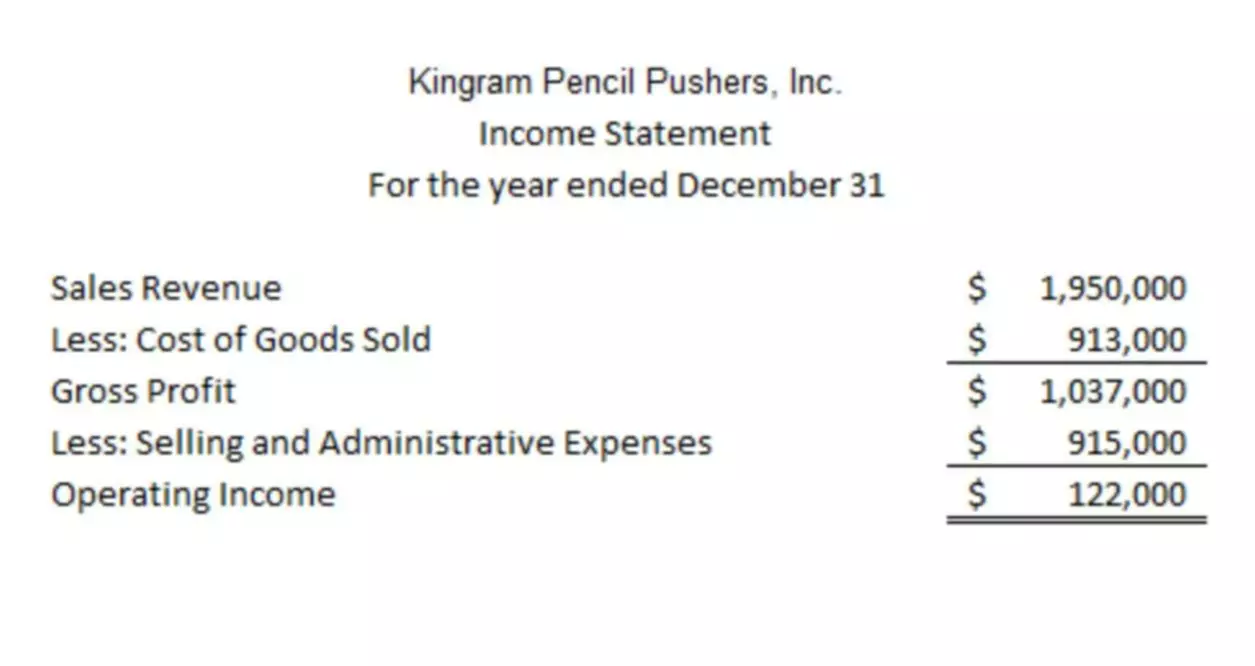Content
Small business owner, tracking liquidity is important because it’s your responsibility to ensure the company can follow through on its financial commitments. Lenders also use the ratio to track short-term liquidity when assessing a company’s creditworthiness. If you lack sufficient cash flow, lenders may see you as a risk, making it harder https://www.bookstime.com/ for you to obtain credit. In some circumstances, the financial statements do not provide a breakdown of the quick assets, and you can calculate the value of a company quick ratio using a different formula. In the example above, the quick ratio of $1.73 shows that Superpower Inc has enough current assets to cover its current liabilities.
For these companies, the current ratio — which includes inventory — may be a better measure of liquidity. The quick ratio also doesn’t say anything about the company’s ability to meet obligations from normal cash flows. It measures only the company’s ability to survive a short-term interruption to normal cash flows or a sudden large cash drain. The quick ratio is considered a conservative measure of liquidity because it excludes the value of inventory. Thus it’s best used in conjunction with other metrics, such as the current ratio and operating cash ratio.
Types of Financial Ratios
Specifically, it means that for every $1.00 of current debt and expenses, you have $1.12 worth of quick assets to cover it. In addition, a company like Apple that has been extremely successful in building up its cash positions and current assets will have an increasing quick ratio over time. Apple’s strong revenue growth and high margins have clearly enabled an extremely strong liquidity moat.
For business managers, it’s one of a suite of liquidity measures they can use to guide business decisions, often with help from their accounting partner. A company can’t exist without cashflow and the ability to pay its bills as they come due. By measuring its quick ratio, a company can better understand what resources they have in the very short-term in case they need to liquidate current assets. Though other liquidity ratios measure a company’s ability to be solvent in the short-term, the quick ratio is among the most aggressive in deciding short-term liquidity capabilities.
Components of the Quick Ratio
To learn more about this ratio and other important metrics, check out CFI’s course onperforming financial analysis. You can easily calculate the Quick Ratio Formula in the template provided. FREE INVESTMENT BANKING COURSELearn the foundation of Investment banking, financial modeling, valuations and more. Of Microsoft is a low 0.110x; however, its quick ratio is a massive 2.216x. Get instant access to video lessons taught by experienced investment bankers. Learn financial statement modeling, DCF, M&A, LBO, Comps and Excel shortcuts. The inventory balance of our company expands from $80m in Year 1 to $155m in Year 4, reflecting an increase of $75m.
A cash ratio higher than 1 means that you have more cash on hand than current liabilities, whereas a ratio lower than 1 means that your short-term financial obligations exceed your cash. A current ratio of 1 indicates that you have enough current assets to cover the expenses and debts owed within the year. Current assets include cash, cash equivalents, accounts receivable, inventory, and other assets you can convert into cash within one year. For example, a quick ratio of 1.2 means you have $1.20 worth of liquid assets on hand to cover every $1 of current obligations.
Quick Ratio
An acid ratio of 2 shows that the company has twice as many quick assets than current liabilities. The quick ratio is one way to measure a business’s ability to quickly convert short-term assets into cash. Also known as the “acid test ratio,” the quick ratio is an indicator of a company’s liquidity and financial health. The quick ratio looks at only the most liquid assets that a company has available to service short-term debts and obligations.
What if current ratio is more than 2?
A current ratio greater than 2.0 may indicate that a company isn't investing its short-term assets efficiently.
You’ll want to ensure your quick ratio formula is accurate and you’re not inflating your assets with delinquent accounts. Otherwise, you may find yourself facing cash flow problems if a late-paying customer impedes your ability to pay your bills. The quick ratio measures a company’s ability to cover its current liabilities with cash or near-cash assets. This means that for every dollar of current liabilities a business has, it wants to have a dollar in cash, or in an asset that can be quickly converted to cash such as accounts receivable or marketable securities.



